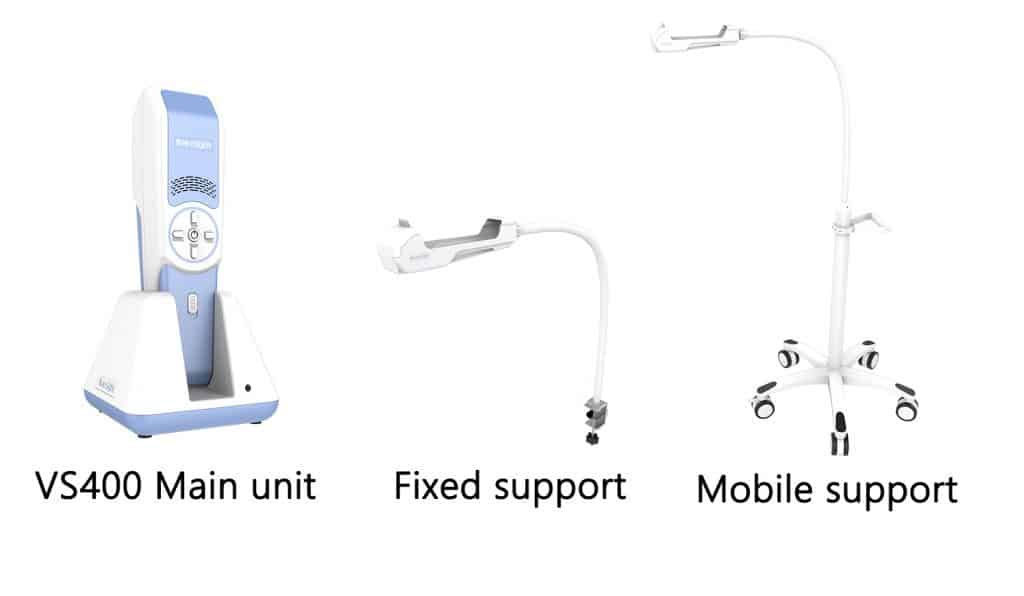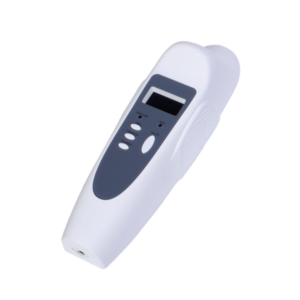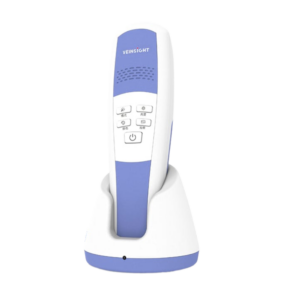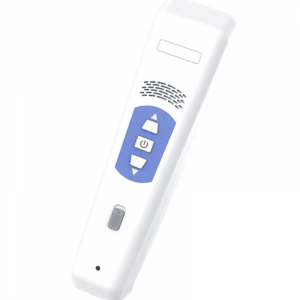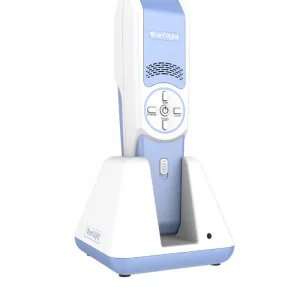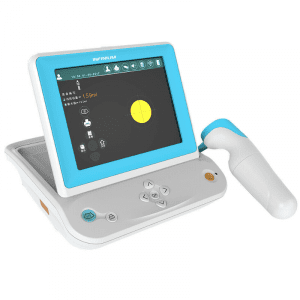In Montana, costs for nursing care increased by approximately $6 million in just a few short months. The reason? High rates of hospitalized patients diagnosed with COVID-19 and hospital shortages.
Many facilities have turned towards traveling and foreign nurses, with some making as much as $200 an hour. Medical devices can help ease the burden of healthcare workers and reduce human errors.
A vein finder is a simple device that can make a world of difference in a system that thrives on productivity and efficiency. Vein finders improve blood draw accuracy and treat venous insufficiency disorders.
Are you still interested? We have put together a complete guide on how vein finder technology is turning heads and can benefit your clinic.
Vein Mapping and Venous Insufficiency?
Vein mapping can help measure the size, diameter, and blood flow in a vein. Many cardiologists or vascular specialists use it since it is helpful for patients who need a vein graft for coronary artery bypass surgery.
Vein mapping can help determine if a patient has a blood clot or healthy tissue. Typically, the physician can evaluate venous insufficiency diagnoses, clotting disorders, or even diseased veins.
Veins are critical to adequate blood flow and circulation in the body. When it becomes sluggish or stops working correctly, a patient could experience pain, cramping, or even changes in your skin.
Patients with poor blood flow from venous insufficiency can sometimes develop ulcers and wounds. These skin conditions can take much longer in the healing process, which puts the patient at risk of infection or lower limb amputation. Venous mapping can help identify other issues such as:
- Varicose veins
- Skin changes
- Feeling of heaviness
- Itchiness
Pregnant women and the elderly can deal with these issues more frequently, but genetic components also play a factor.
Puncture Accuracy
Vein visualization is critical for health care workers who draw blood. These positions can include nurses, phlebotomists, physicians, and paramedics.
Sometimes, clinicians can quickly locate a vein and perform blood work. In theory, there are too many cases involving poor vein finders leading to missed blood work or lost time.
Vein finder devices can present images of superficial veins that help improve puncture accuracy. High-quality vein viewers will also show the surrounding tissue and highlight blood flow areas within a patient’s veins.
Another benefit of vein viewers for phlebotomists is determining a patient’s vein assessment tool (VAT) and successful blood donation. A patient’s VAT was ranked between 0 and 12 with a vein finder.
A score of zero was the most inadequate, and 12 was the most adequate. After viewing the veins, the VAT score was composed of:
- Palpation
- Visibility
- Size
If patients initially scored less than an eight, they were eliminated from donating blood. A low score would increase the risk for re-puncture and the inability to donate enough blood.
There was an almost 90% success rate for phlebotomists with patients who scored above an eight. Most patients had a median score of nine, and phlebotomy success rates were nearly four times higher when using the VAT ranking.
The risks of not using a VAT ranking are missed target yields and re-puncture. A vein finder can be an excellent tool for outpatient clinics focused on blood donations since it can boost puncture rates and eliminate poor candidates.
Augmented Reality Vein Finder
Augmented reality is a complex term that describes a simple process – technology that enhances an image. In the case of veins, augmented reality can generate a picture of veins and tissue.
It is the critical component for vein finder devices and one of the first times augmented reality took hold of the medical industry.
Vein viewers use near-infrared light technology that illuminates blood vessels, making them visible for clinicians. It eliminates the need for palpation and guesswork.
Usually, the vein viewer emits a bright light onto the patient’s skin. The hemoglobin that helps make up part of your blood absorbs this light and makes it appear darker against other tissues and skin. The reflection of the hemoglobin against the pale contrast of other tissues helps practitioners accurately view and determine blood draws and punctures.
What Is Near-Infrared Technology?
Near-infrared technology is the augmented reality tech that has become a staple for many vein viewers. Infrared light sits right between microwaves and visible light on the electromagnetic spectrum.
Its makeup includes a longer wavelength than visible light, and you cannot see or feel it. Near-infrared light should not be confused with far-infrared light since its components are entirely different.
For example, far-infrared light is thermal and can be felt, whereas near-infrared can’t. Both are safe for use, but near-infrared light has proven its benefits as more than just valuable for hospitals or clinics.
Near-infrared technology is also used for cosmetic procedures and is often found in outpatient clinics. Some wellness clinics use ‘red light therapy‘ using near-infrared technology for health benefits.
In these clinics, practitioners use low-level light therapy or low levels of near-infrared light. Red light therapy by itself is on the visible spectrum and has less penetration than near-infrared light but can still show some health benefits. Some benefits of the deeper effects near-infrared have are:
- Improved circulation
- Cell regeneration
- Pain relief
- Improves metabolism
- Anti-aging
The anti-aging and wrinkle defiant technology is primarily what makes it appealing for estheticians and cosmetic clinics. Another positive feature is it doesn’t create any adverse side effects, and there is no recovery time after near-infrared light has been used.
Near-Infrared vs Ultrasound
In many instances, ultrasound was used to help practitioners locate veins. A Doppler ultrasound is typically used for deeper veins, such as those used for Peripherally Inserted Central Catheters (PICC).
It works by producing sound waves from an ultrasound transducer. The sound waves permeate the skin and identify pulses and blood flow. It will typically produce an image on a screen that shows practitioners where the veins are located.
The downsides of an ultrasound machine are the cost, skill, and bulkiness. You will need an ultrasound wand and a screen to view the veins.
It is useful in rarer situations, such as a PICC line placement. For every day use, near-infrared technology is more efficient at producing visual images of peripheral veins without needing bulky equipment.
Best Vein Finder Devices
How do you find the best vein finders? If your clinic is looking for something that they can start using immediately, the first category you want to check off is cost-friendly.
Notoriously, medical imaging machines cost thousands of dollars and can be a massive expense for small clinics. The high costs with newer technology deter many hospitals, clinics, and physicians from purchasing helpful tools.
Other key features you should look for in a vein finder include:
- FDA-certified medical device company
- High-quality
- Ergonomic
- Fixed or mobile mounts
- Adjustability
- Long battery life
Opting for a vein finder with adjustable mounting can make it easy for clinicians to use the finder in multiple settings. Personalized and adjustable settings such as brightness, colors, and image sizes can make it more user-friendly.
One of the biggest pitfalls of medical devices is that they are not conducive for pediatrics. A high-quality vein finder will have capabilities for adults and pediatrics.
This degree of flexibility eliminates the need for multiple devices and imaging, quickly increasing the cost. Vein viewers should also have multi-functional use, such as:
- Vein puncture
- Cosmetic procedures
- Spider veins
Ultrasounds help locate and treat deeper veins, but it does not mean that your vein finder device can’t function in the same way. Purchasing one that performs superficial and deep vein treatments can also reduce the costs of purchasing an expensive ultrasound machine that operates similarly.
Technology and Medical Use
Near-infrared technology has branched from its uses as a vein finder and is also used in the medical field for lab detections. Many types of medicine and substances become contaminated. This can happen from something as simple as being exposed to the air.
Near-infrared spectroscopy (NIR) has directed the same technology used for finding pesky veins and branched into locating hazardous pollutants. Edible products can pose a risk if they have contaminants.
Finding safe and reliable technology can be a game-changer in the medical field and reduce costly medical errors. Studies that examine the many uses of technology can help clinicians administer safer and more effective treatments.
Find Safe and Effective Medical Devices
A vein finder and other high-quality medical devices can be a game-changer for many clinics. These simple yet effective devices can provide safe and effective images or monitors. Clinicians use them to help administer their treatment plans more efficiently and reduce human error. We have a wide range of FDA-certified medical devices, find out more about our vein finders and viewers to see how we can best help your clinic and patients!
